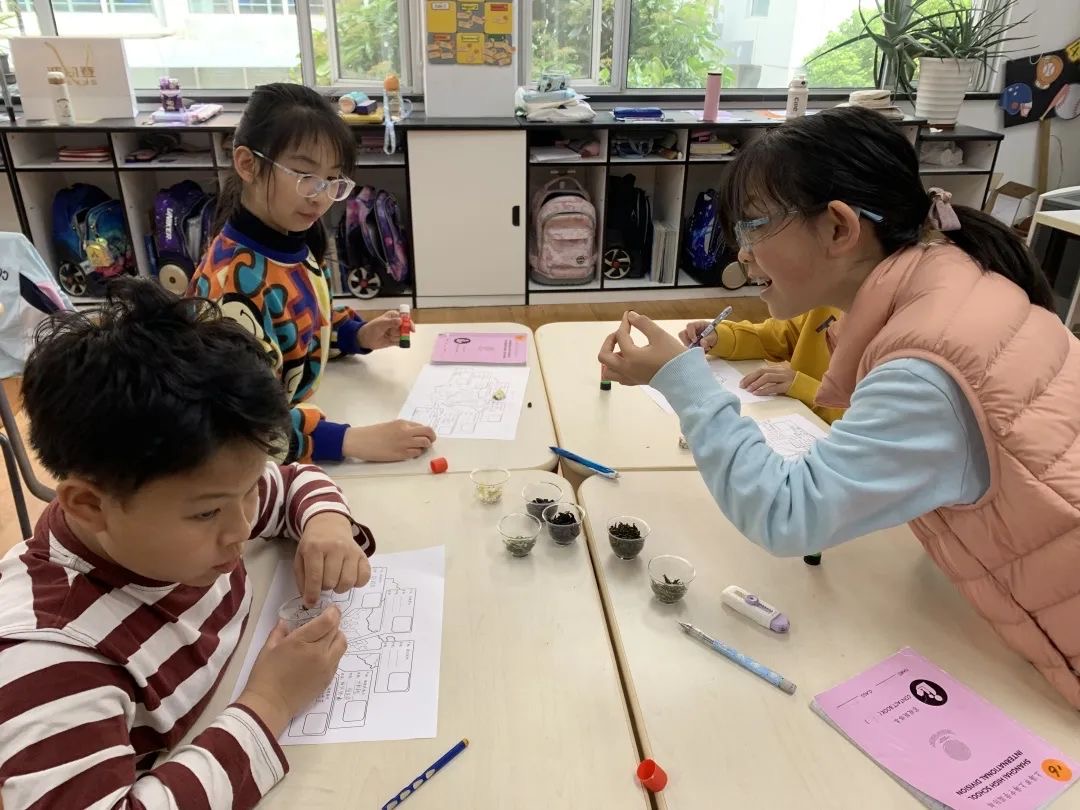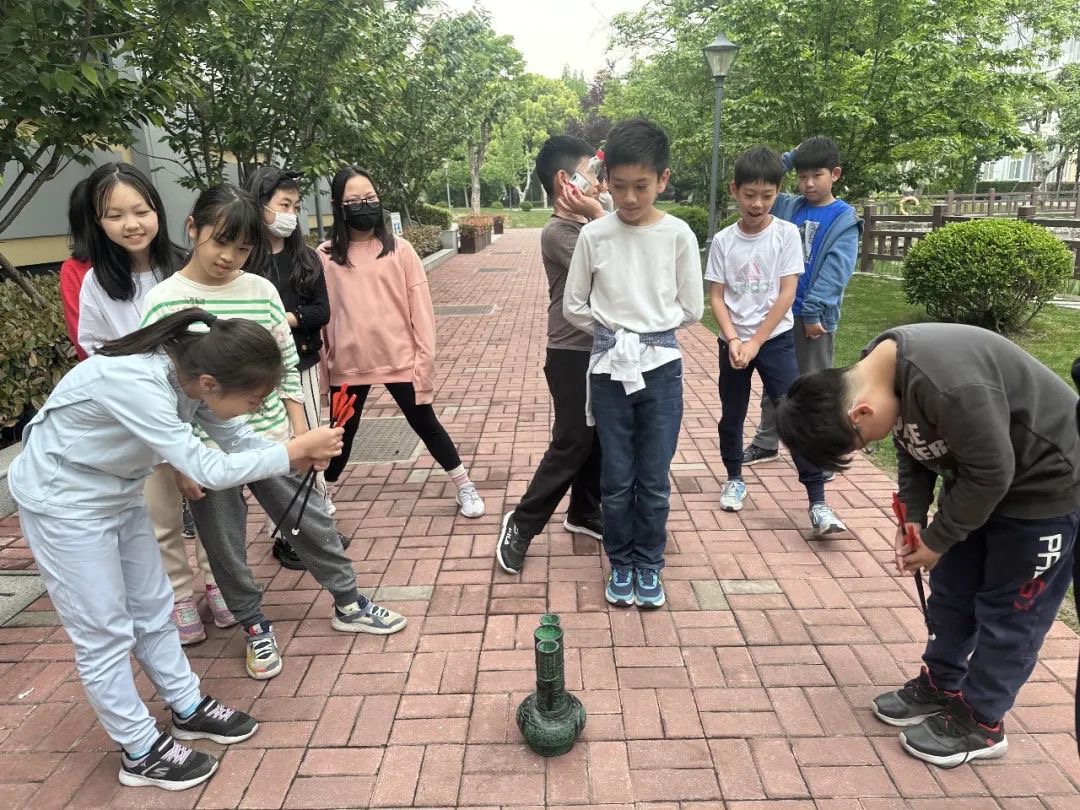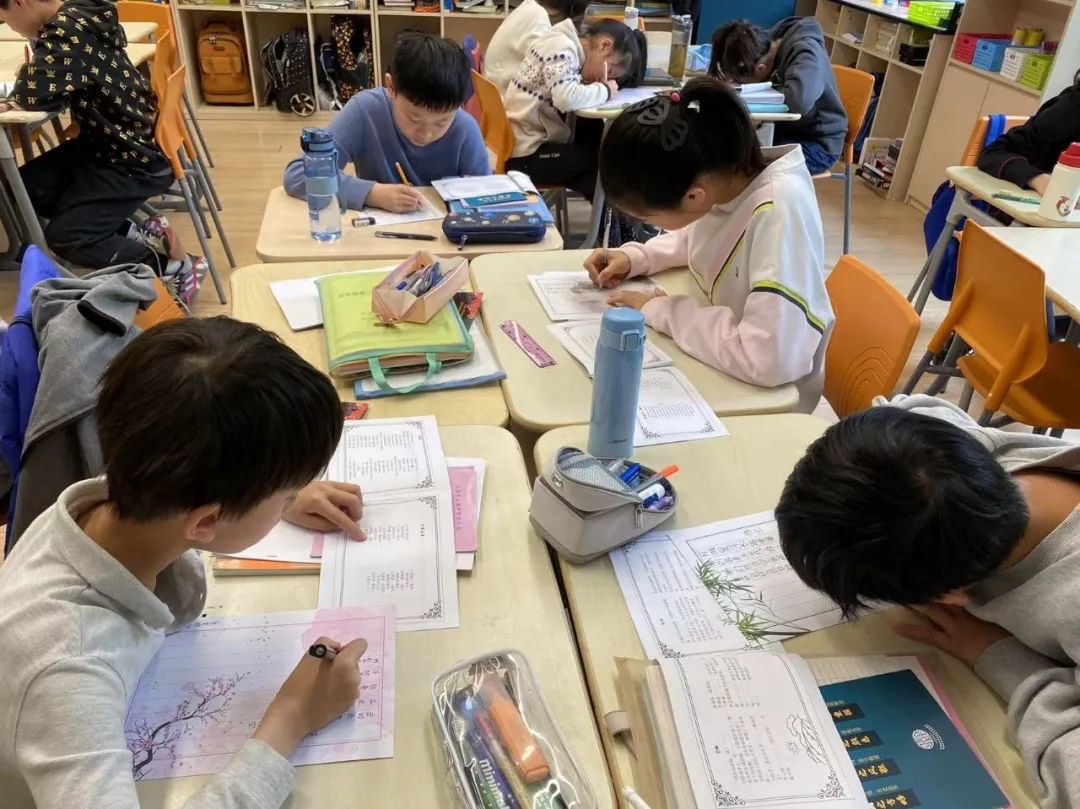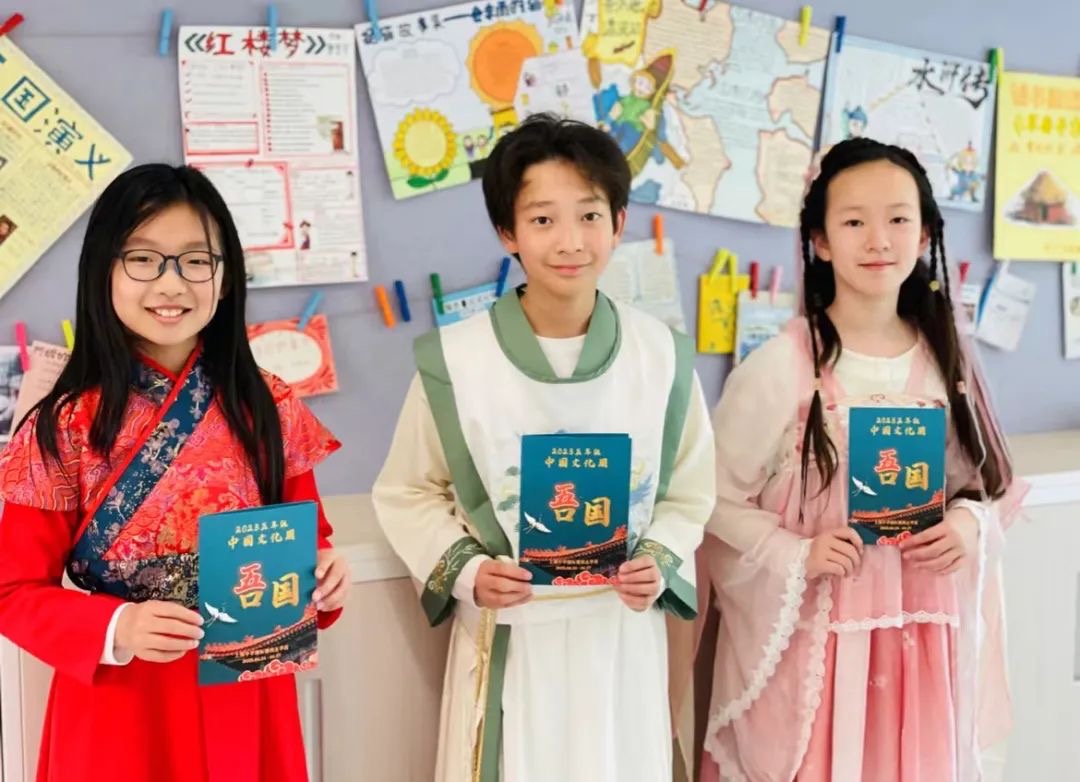-
ABOUT US
-
ACADEMICS
Curriculum Program
Departments
- English
- High School Chinese
- Primary and Junior School Chinese.
- High School Mathematics
- Middle School Mathematics
- Primary School Mathematics
- Music and Fine Arts
- Physical Education
- Physics
- Chemistry
- History and Geography
- Physical Science and Optional courses Department
- Middle School Biology
- High School Biology
- Social Sciences
- Computer Science
- Courses in Primary School
Achievements and Matriculations
College Counseling
Science & Technology Innovation Contest
Subject Competition
-
ARTS
-
ATHLETICS
-
AT SHSID
SHSID ∣ TIMES
PTSA
Club Exhibition
- 龙吟社
- Live 2 Drama
- Choir
- Hip-pop Dance Club
- The Primary School Dance Troupe
- Symposiums Club
- Biology Workshop
- You Shan
- VEX Robotic
- Peking Opera Club
- Baseball Club
- Model United Nations
- The World Scholar’s Cup
- Future Problem Solving Club
- United States Academic Pentathlon
- OM Club
- AMC Club
- Music for Patients
- SHSID Gazette
- Smile Charity
- Cultural Moments
- SciAcademy
- Stem Doge Alliance
- Chinese Debate Club
- IAA
- Mock Trial Club
- Zhengming Club
- Furry Friends
- GT-Racing
- Village Radio
- IMMC Club
- Creative Design and Intelligent Fabrication
- Future City Research Project
- ECOCAP
- AdvocaSEA
- SPDC
- Medishine
- Floorball Club
- Animusic MTC
- Wings Up
- All Booked
Health and Wellness
Campus Safety
Cafeteria Service
-
ADMINISTRATION
-
ADMISSIONS
-
ALUMNI
Alumni Information
Honors Students
- Class of 2025
- Class of 2024
- Class of 2023
- Class of 2022
- Class of 2021
- Class of 2020
- Class of 2019
- Class of 2018
- Class of 2017
- Class of 2016
- Class of 2015
- Class of 2014
- Class of 2013
- Class of 2012
- Class of 2011
- Class of 2010
- Class of 2009
- Class of 2008
- Class of 2007
- Class of 2006
Who Studied at SHSID
SHS Foundation
-
DOCUMENTS
G4-5丨Curling Tea Melody in China — Chinese Culture Week
Amidst the blooming of spring, from April 24 to 28, SHSID held a grand Chinese Culture Week for its fourth and fifth grade students. This week-long Chinese cultural week was dedicated to giving students a deep and meaningful experience of traditional Chinese culture and to broaden their comprehension and amalgamation of sharing of global cultures. Throughout this exciting cultural week, students and teachers witnessed and participated in numerous breathtaking programs and exciting activities, that immersed them in the charm of Chinese culture.
Chinese language serves not only as a tool for communication, but as a vessel for the quintessence of Chinese culture. To fully grasp Chinese language, one must have a deep understanding of the of the Chinese language’s fundaentals and expression. As such, while learning Chinese it is indespensible to understand and be familiar with Chinese culture. When approaching the language from this view, the learning of Chinese becomes animated and tangible, Enabling students to comprehensively and deeply appreciate the integration, exhibition and transmission of Chinese culture in all facets of life.
G4:Sipping Tea around the Stove Like Ancient People
Smell the Tea
On Monday, students first had a preliminary understanding of the history and origin of tea. From the Book of Tea by Lu Yu and from the Book of herbal classic by Shennong, students traced the origin of tea drinking in China and understood the long history of tea drinking. So how is tea made? The students discovered the answer through a video and felt the ingenuity of the Chinese people from the complex process of tea production.
After learning about various types of tea, the students also became connoisseurs, learning to identify and appreciate various kinds of tea according to the contents of the "New Book of Tea.” In the process, the students also read a lot of tea legends and finally completed the Chinese tea map based on their own learning.
Taste the Tea arround the Stove
On Tuesday, a parent volunteer from each class filmed a tea-making video explaining the process and etiquette for the students. The teachers also brewed Tieguanyin, chrysanthemum and other famous Chinese teas for students to taste and smell the sweetness and fragrance of the drink. While tasting the refreshing tea, and sweet Mung bean cake, the students mingled merrily with each other, appreciating the time-honored tea culture of the Tang and Song dynasties and understanding the traditional tea ordering game and the high aesthetic pursuit of ancient Chinese people.

There is one game someone must be familiar with if they aspire to become a literati traditional Chinese customs and culture. Pot tossing, the traditional banquet game where players compete to see from how far away they can pour tea into a small cup.. After understanding the etiquette and rules of the game, students were eager to have a try. They went outdoors and competed with their peers, competing with one another to see who could land the most tea from the farthest distance into the small cup.

Design the Tea Cup
On Wednesday, the students explored the evolution of tea sets and utensils. From rich and heavy Tang Dynasty pottery, to the delicate and beautiful Song Dynasty porceline, to the Ming and Qing Dynasty ceramics with art painted and etched in, students felt the beauty of Chinese tea ware through precious historical records and pictures of museum collections. The color, shape, variety and style of the various tea ware received the admiration of the students. They also learned about the different cerenmonies and tea making techniques in different dynasties and had a deeper understanding of Chinese tea culture.
Then, each student also got a semi-finished tea ware, and made the semi-finished item into an exquisite expression using their own ingenuity and creativity, and held a "tea ware exhibition" in the classroom.
Spread the Culture of Tea
On the last day students examined the influence of Chinese tea on the world through an ancient tomb mural. Through a wealth of historical materials, videos and research, students learned about the many ways in which Chinese tea reached the world, including the dispatch of Tang ambassadors, tea trade, and diplomatic gifts. They marveled at how many common things in our lives are actually related to tea. There were also many students who could relate lessons about the Silk Road learned in Geography class, tying together the inextricable relationship between the spread of tea and the Silk Road.
In class, students wrote down the knowledge and perception they gained during the week on "tea leaves." The knowledge of tea leaves converged in the corridor of Grade Four, forming a lush “tea tree” as the students' endless pursuit of Chinese culture and love coalesced into knowledge, real life experience and artistic expression.
G5: Thousand Years of China in "Our" Country
This years theme for fifth-grade Culture Week was "My Country," which is deeply moving when considering the profound meaning contained within. The teachers used Chinese culture as the main branch to moisten the hearts of the fifth graders with love and wisdom, allowing the students to experience Chinese culture and appreciate its profundity through a series of activities.
During the Chinese Culture Week the students were not only participants but also beneficiaries in the activities of the activities. In order to give the students a deeper experience, the Chinese language department carefully customized a unique stamp. Teachers used it to imprint unique patterns on the completed work for students who completed tasks during the week. The design was a beautiful “ruyi” lock, with implications of good luck, fortune, happiness and safety. The designs made by the seal accurately depicts the wishes teachers hold for the students in the pursuit of their studies. Each time the stamp is used is not only an honor, but also a deep emotional connection. It enables the students happy memories of completing the task not only to remain on paper, but also in their hearts. Valuable heritage of traditional culture was embodied in the small stamp, which not only produced delicate images but allowed students to understand the many ways in which Chinese culture can be expressed.
Elegant Events
Students in S Level conducted interviews with important characters from the Han Dynasty, through which they gained insight into the prominent figures of the period. students of H Level adapted their previously self-written historical time travel drama stories into a script, formed a drama group, and held a workshop to divide and coordinate future filming tasks.
The students went beyond and also successfully recorded a Chinese-style songs and uploaded them to the LC platform. They also have the chance to showcase their talent later on the school stage. This activity not only hones the students' singing skills, but also strengthens communication and cooperation among the student body, showing their courage to try, and positive spirit. throughout learning and the singing of these songs, the students also experienced the unique charm of Chinese-style music and experienced the depth of Chinese culture.
Through a series of activities such as the introduction of traditional Chinese folk instruments, video appreciation, and hand-copying lyrics in the lyric book, students actively participated in the learning process, listening to explanations and imitating performances, experiencing through these details the beautiful experience brought to them by traditional Chinese instruments and music, cultivating their interest in and love for traditional Chinese culture, as well as providing students with a better understanding of the historical background and cultural connotation.

Historical Strategies
In the Han and Tang history knowledge contest, students competed in groups. The competition was intense and the questions were divided into "ancient emperors and kings, people, people's livelihood, and strange stories", requiring students to show their historical knowledge and teamwork. Students stared intently at the questions on the screen and competed for time to answer them. In the tense atmosphere, students sometimes exclaimed and sometimes cheered, applauding, laughing and shouting. The event not only enriched the students' knowledge and improved their historical literacy, but also enhanced their teamwork ability and self-confidence.
Ancient Colors
The ancient Chinese people had delicate descriptions of colors, such as "moon white", "sea and sky haze", and "blue meditation". The students put on traditional Chinese costumes and looked for the teachers of the corresponding color clothes according to the color cards. Combined with the teachers' explanations, students learned about the origins and cultural connotations of traditional Chinese colors and their application in different occasions.
Bronze Tripods
In the bronze-making activity, students tried their hand at creating a unique pen holder that celebrated the beauty of ancient craftsmanship and culture. Using bronze as their material, the students underwent several kneading, polishing and painting processes to add a shiny metallic sheen to the surface of the penholder, a tripod. At the same time, they also selected and outlined appropriate patterns for their penholders, giving the final made penholders a variety of forms. Some designs were simple in style, while others used coiled dragons, phoenixes and other traditional Chinese elements to add a sense of classical mystery. The creation of the bronze penholders allowed the students to gain a deeper understanding of traditional Chinese culture and to showcase their design talents. After collecting all five medallions through a series of activities, students also received a special Chinese prize to keep as a souvenir.

The activities of Chinese Culture Week blend ancient traditions with the present, revitalizing and bringing new life to contemporary culture. During this week the students learned about the diversity and profundity of Chinese culture, gaining a new depth of understanding and appreciation for Chinese culture and igniting a passion for learning the Chinese language. As Culture Week draws to a close, we believe that the students will continue to explore and discover more about these topics in their journey of learning Chinese.
Written by Wu Yin, Mixi
Pictures by Melanie
Edited by Serene Yang, Ginger Xu, Jonathan Woodcock